With a bipolar transistor, a small current flowing though the base-emitter junction due to a high impedance element (your finger) allows a great current to flow through the collector-emitter pair.
With an NPN, the small current through the base needs to come from the +, not the -, so that current can flow from + through the base then the emitter to -. You say you are finger-circuiting 'b' and 'c' where 'c' goes to -? That's backwards. Double check what you're doing, or maybe consider the possibility that your transistor is PNP. Does it have a number on it, for example "2N3906"?

Note that whatever is going on, for NPN or PNP, you can swap emitter and collector and get the same general behavior, just not as good quality. Quite bad quality, depending on the type of transistor and your degree of luck. The gain is less than the normal way, a lot less. See https://electronics.stackexchange.com/a/33306/1609
The practical application of this knowledge? You can find the base easily because it's the sensitive one - touching it causes things to happen. The other two leads are emitter and collector, which you can distinguish by trying them each way, one to + through an ammeter and the other to -. If the one going to - is the emitter, the proper way for an NPN, the lightest touch of the base lead will have an effect. If the leads are swapped from where they should be, you'll need a wetter finger or press harder - the transistor will be less sensitive.
